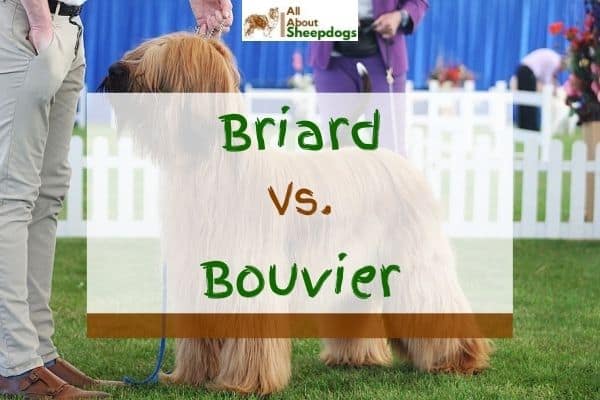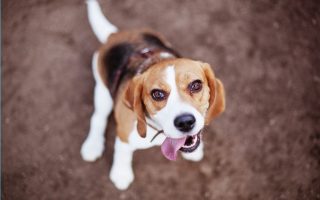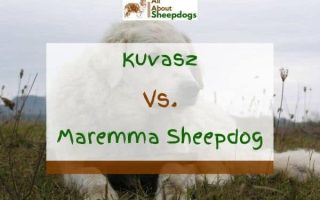Hailing from two neighboring European countries, both Briard and Bouvier feature a cute, shaggy appearance hiding a powerful, strong, and hard-working dog.
With a centuries-long career in herding and protecting, each breed has developed a sharp mind, strong guarding instincts, and unwavering loyalty to its owner.
Even though one comes from France and the other from Belgium, they were bred in similar environments and for similar tasks.
That’s why, today, they share a lot of common traits and qualities.
However, I’ll concentrate more on Briard vs Bouvier differences and try to find out what sets them apart.
For a lot of prospective owners who want active and strong, but still lovable and loyal dogs, the choice narrows to these two breeds.
Learning how they differ from each other can help you make the right decision and choose a dog that’s right for you and your family.
| Attributes | Briard | Bouvier des Flandres |
| Good For First Time Owners | No | No |
| Good Guard Dog | Yes | Yes |
| Apartment Friendly | With Enough Exercise | With Enough Exercise |
| Good Family Dog | Yes | Yes |
| Shedding | Very Low | Low |
| Barking And Howling | Low | Low |
| Height | 22-27 inches (56-65 cm) | 21-28 inches (55-70 cm) |
| Average Life Expectancy | 10-12 Years | 10-12 Years |
[wpsm_toplist]
Briard – Dog Breed Information
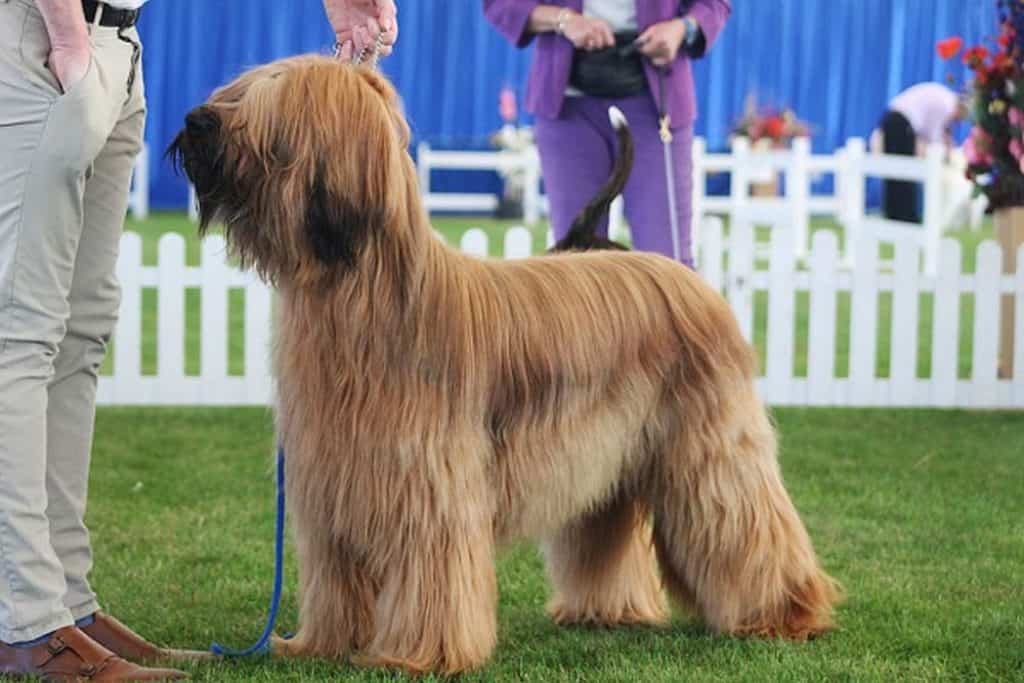
Briards have a very long history and are first mentioned way back in the 14th century. The legends say that several great people throughout history owned this breed.
Briards’ intelligence, guarding instincts, and loyalty made them a dog of choice for Napoleon, Lafayette, Charlamagne, and Thomas Jefferson.
They displayed their bravery during World War I when they served as search dogs, messengers, and guards.
Today, they are mostly kept for companionship, but still have a role in the police, military, and as rescue dogs.
Appearance
As they were bred both for herding and guarding duties, Briards’ build is somewhere between shepherds and large guard dogs.
They’re strong and muscular, but still somewhat smaller than guard dogs and very nimble and agile. They’re almost as high as they’re long.
Briards feature a wavy double coat that sheds dirt and water.
The topcoat is coarse and hard, while the undercoat is softer and very dense. They have a uniform color, usually black, tawny, or gray, but never white.
They have a big, long, and impressive head, covered in long hair parted in the middle revealing square black noses, and large black-brown eyes.
The ears are also covered in long fur and set high on the head.
The height of the male Briards is 23-27 inches (58-69 cm) and they weigh 66-89 pounds (30-40 kg).
Females grow around 22-26 inches (56-66 cm) and eight 55-78 pounds (25-35 kg).
Temperament
Briards are very affectionate dogs with big hearts.
They are very devoted to their humans and enjoy every minute spend with them. They like to follow their owner around and join in various activities.
However, due to their origins, they are fairly independent and can sometimes be stubborn trying to get things their way.
Like true Frenchmen, they are rather aloof towards strangers and will take time to accept any new arrival to the family.
In addition, they’re very protective which makes them great watchdogs.
They do very well with kids, but only when properly socialized. This breed is very trainable but their stubbornness can sometimes get in the way.
So, you’ll need to establish firm leadership from the start. Their intelligence helps them figure things out very quickly.
Once they learn something, they never forget it. However, this also goes for the wrong things they learn.
Bouvier – Dog Breed Information
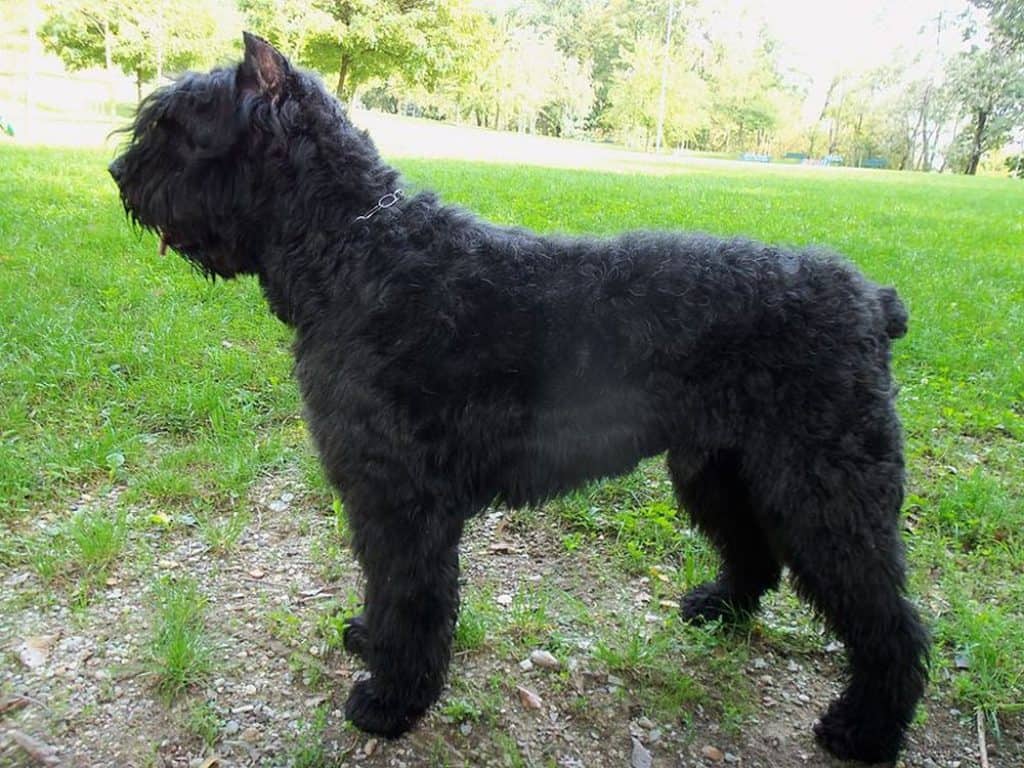
Bouviers come from the Flanders region in Belgium and, in fact, their full name is Bouvier des Flandres.
The meaning of their name, “cow herder of Flanders” points to their history as livestock herders.
In addition to herding, they used to perform all kinds of jobs on a farm including protection and cart pulling.
Just like Briards, they served in World War I where they were almost extinct, with just a few dogs surviving to carry on the breed.
Nowadays, they mainly found their place as family dogs, but are still used as service dogs.
Appearance
Bouvier has a typical build of a working dog. It’s strong and well-muscled with a large body and commanding husky appearance.
The waterproof double coat allows them to live even in areas with harsh weather. The topcoat features rough and tousled hair, while the undercoat is fine and very dense.
They come in a number of different colors, including black, gray, fawn, and brindle.
Bouviers are immediately recognizable by their massive head with typical shaggy mustache and beard and accentuated eyebrows.
The high-set ears are triangular in shape.
A small number of Bouviers are born without tail-less, but the majority has a long upright tail.
Males can reach about 23-28 inches (59-70 cm) in height and weigh 75-110 pounds (34-50 kg).
Fully grown females are a bit smaller and are 21-28inches (55-70cm) high and weigh 60-80 pounds (27-36 kg).
Temperament
While their appearance may seem menacing, Bouviers are actually very kind, gentle, and calm dogs.
The older the dog gets, the calmer his demeanor will become. At a young age, however, they can sometimes be the real rascals.
Bouviers are extremely loyal and devoted to their owners but require the same level of dedication from their families.
They love spending time with kids, but with other animals, not so much. Still, this can be rectified by early socialization.
With their history of protecting farms and participating in wars, it’s no wonder the Bouviers are fearless and very alert.
They’re among the top breeds you should look at if you’re looking for a watchdog.
They’re eager to please and pretty smart, so if you manage to channel their unlimited energy, they’re very trainable.
Briard vs Bouvier – What’s the Difference?
| Briard | Bouvier |
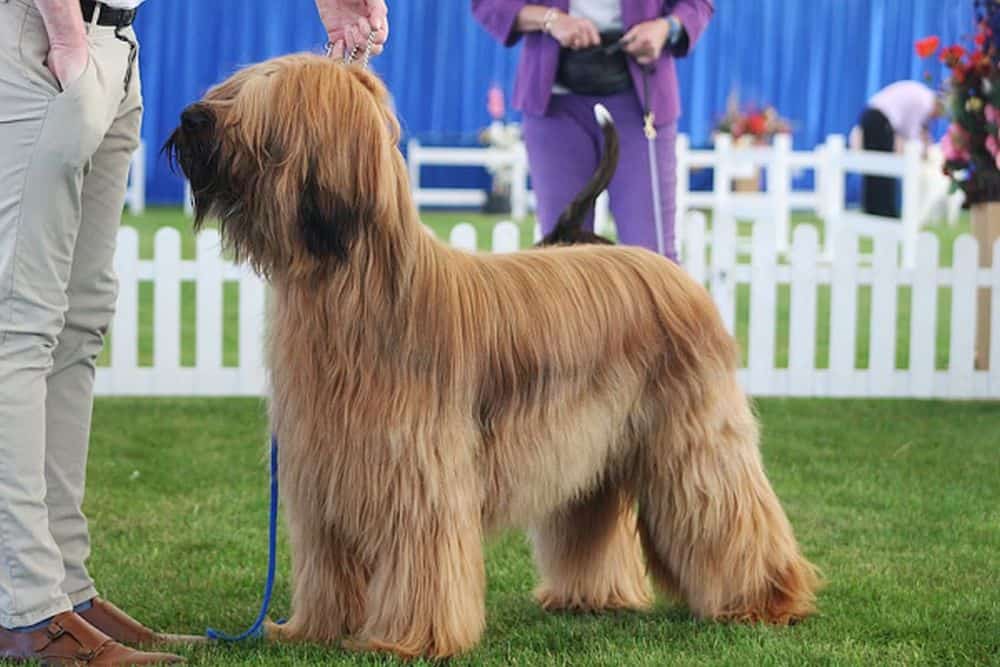 | 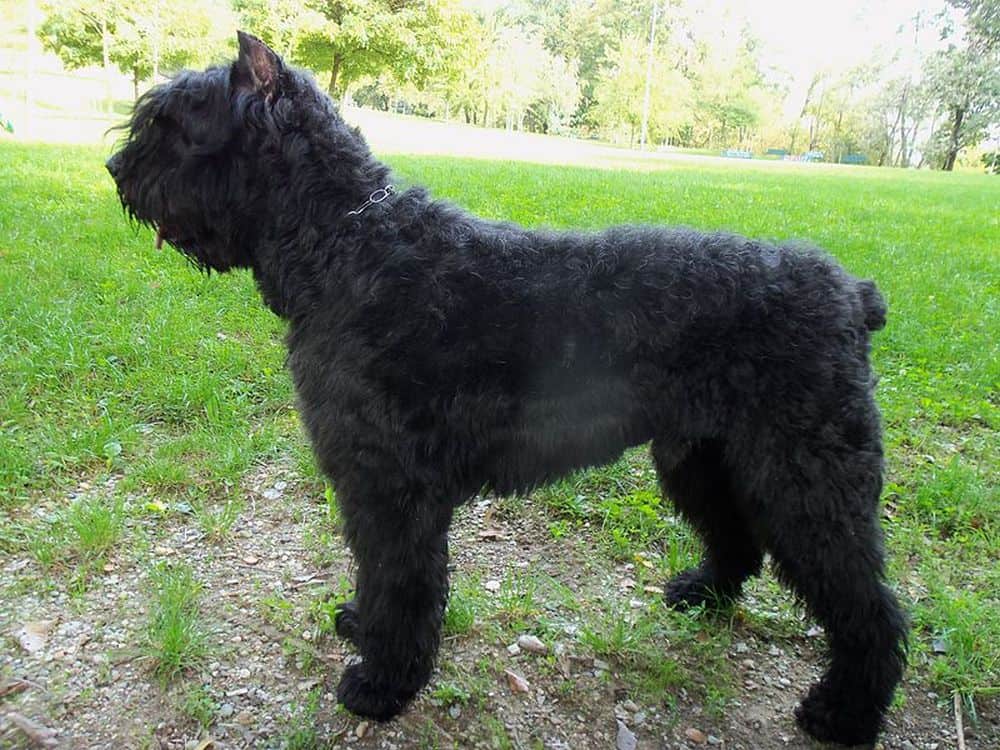 |
| Bouvier des Flandres Yorick39 (CC BY-SA 3.0) |
Briards and Bouviers have a lot in common and share a similar history and background.
Still, there are some differences that you should look into if you’re facing a Briard vs Bouvier dilemma when buying a dog.
For starters, Briards are a bit smaller, although it may not seem so due to their long hair.
Both breeds can be challenging for inexperienced owners, but especially Bouviers need a bit more dedication, engagement, and your free time.
Briards will enjoy following you around, but due to their independence streak will often be fine on their own.
On the other hand, Briards will demand more involvement when it comes to maintenance and grooming.
You’ll likely need to groom them daily. They don’t shed so much, but their long hair often gets tangled and mats easily.
Bouvier’s coat will also need some work, but they’re relatively low maintenance compared to their French counterparts.
Conclusion
If you’re looking for a lovable and affectionate family dog, but who can still protect you and your family, you can’t go wrong with either of these breeds.
They’re both battle-tested, fearless, and energetic, but also surprisingly gentle, kind, and great with little ones.
Still, be prepared to set aside a good chunk of your free time as Briards and Bouviers love nothing more than to join you in various activities.
Still, hanging out with them will never feel like a chore, but rather as an extremely fun time with a loyal friend.

